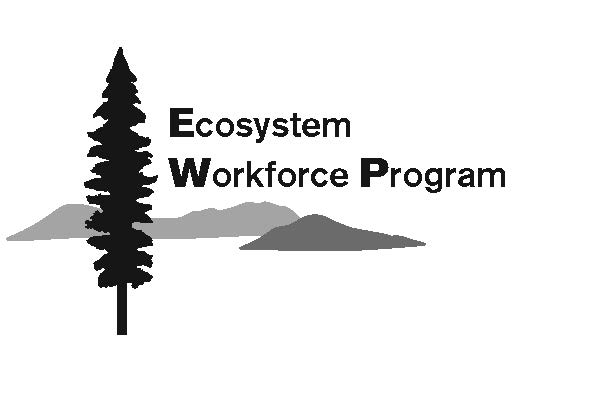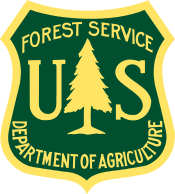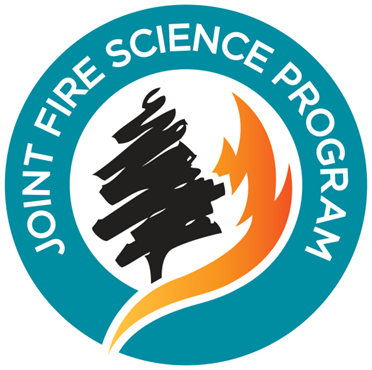Publications Library
Forest ecosystems, disturbance, and climatic change in Washington State, USA. Climate Change. 2010:30. Available at: http://www.fs.fed.us/wwetac/publications/littell_etal_2010.pdf.
. A Tale of Two Cedars: International Symposium on Western Redcedar and Yellow-Cedar. Portland, OR: US Department of Agriculture, Forest Service, Pacific Northwest Research Station; 2010:177. Available at: http://www.fs.fed.us/pnw/pubs/pnw_gtr828.pdf.
Responding to Climate Change in National Forests: A Guidebook for Developing Adaptation Options. Portland, OR: US Department of Agriculture, Forest Service, Pacific Northwest Research Station; 2011:109. Available at: http://www.fs.fed.us/pnw/pubs/pnw_gtr855.pdf.
. Afternoon Rain More Likely Over Drier Soils. Nature. 2012;489:4. Available at: http://www.nature.com/nature/journal/v489/n7416/full/nature11377.html.
The Age of Western Wildfires. Climate Central; 2012. Available at: www.climatecentral.org. Wildfires2012.pdf (1.25 MB)
Wildfires2012.pdf (1.25 MB)
. Carbon Dynamics of Forests in Washington, USA: 21st Century Projections Based on Climate-Driven Changes in Fire Regimes. Ecological Applications. 2012;22:23. Available at: http://faculty.washington.edu/dmck/feradata/Raymond-McKenzie-2012.pdf.
Climate Change and Disruptions to Global Fire Activity. Ecosphere. 2012;3(6). Available at: http://dx.doi.org/10.1890/ES11-00345.1.
Climate Change, Forests, Fire, Water, and Fish: Building Resilient Landscapes, Streams, and Managers.; 2012:207. Available at: http://www.firescience.gov/projects/08-2-1-15/project/08-2-1-15_rmrs_gtr290.pdf.
. Communication of the Role of Natural Variability in Future North American Climate. Nature Climate Change. 2012;2(11):5. Available at: http://www.nature.com/nclimate/journal/v2/n11/full/nclimate1562.html.
. The leaf-area shrinkage effect can bias paleoclimate and ecology research. American Journal of Botany. 2012;99(11):8. Available at: http://www.ncbi.nlm.nih.gov/pubmed/23132615.
. Climate change tipping points: A point of no return?. Joint Fire Science Program; 2013. FSdigest15.pdf (1.47 MB)
FSdigest15.pdf (1.47 MB)
. Climate stress increases forest fire severity across the western United States Ecology Letters. 2013.
. Conifer regeneration following stand-replacing wildfires varies along an elevation gradient in a ponderosa pine forest, Oregon, USA Forest Ecology and Management. 2013;302.
Managing Forests and Fire in Changing Climates. AAAS; 2013. ScienceVol342Stephens.pdf (613.65 KB)
ScienceVol342Stephens.pdf (613.65 KB)
. Relationships between climate and macroscale area burned in the western United States. International Journal of Wildland Fire. 2013;On-line early.
. Briefing: Climate and Wildfire in Western U.S. Forests Forest conservation and management in the Anthropocene. 2014;71:81-102. Available at: http://www.treesearch.fs.fed.us/pubs/46580.
. Climate change vulnerability and adaptation in the North Cascades region, Washington.; 2014. Available at: http://www.treesearch.fs.fed.us/pubs/47131.
. The climate-wildfire-air quality system: interactions and feedbacks across spatial and temporal scales WIREs Climate Change. 2014;5(6).
Defining extreme wildland fires using geospatial and ancillary metrics. International Journal of Wildland Fire. 2014;On-line early.
. Dry forest resilience varies under simulated climate-management scenarios in a central Oregon, USA landscape Ecological Applications. 2014;24(8). Available at: http://www.esajournals.org/doi/abs/10.1890/13-1653.1.
. Hydrologic and erosion responses to wildfire along the rangeland-xeric forest continuum in the western US: a review and model of hydrologic vulnerability. International Journal of Wildland Fire. 2014;On-line early.
. Integrating Social, Economic, and Ecological Values Across Large Landscapes. ().; 2014. Available at: http://www.treesearch.fs.fed.us/pubs/47219. pnw_gtr896.pdf (8 MB)
pnw_gtr896.pdf (8 MB)
. Making a World of Difference in Fire and Climate Change. Fire Ecology . 2014;10(3).
. Management for Mountain Pine Beetle Outbreak Suppression: Does Relevant Science Support Current Policy? Forests. 2014;5(1).
. Managing burned landscapes: Evaluating future management strategies for resilient forests under a warming climate International Journal of Wildland Fire. 2014;23.





